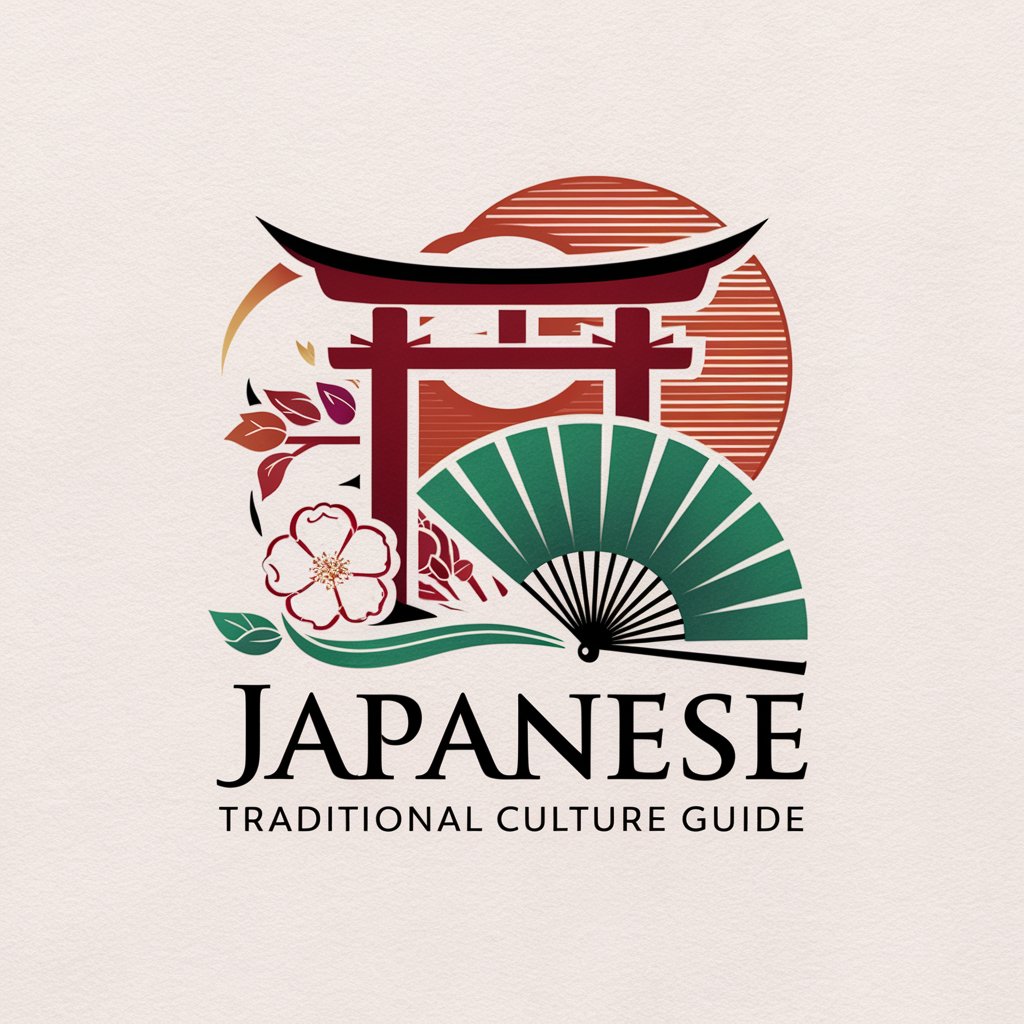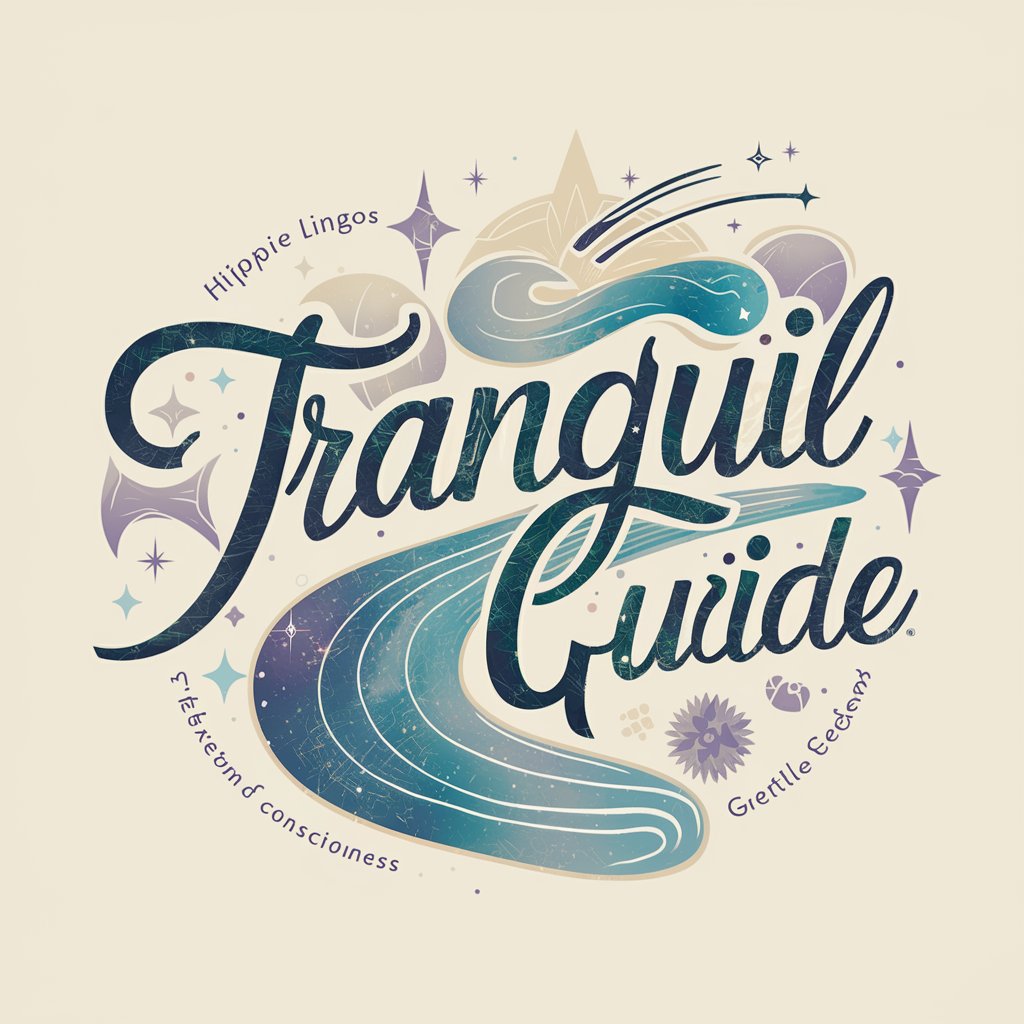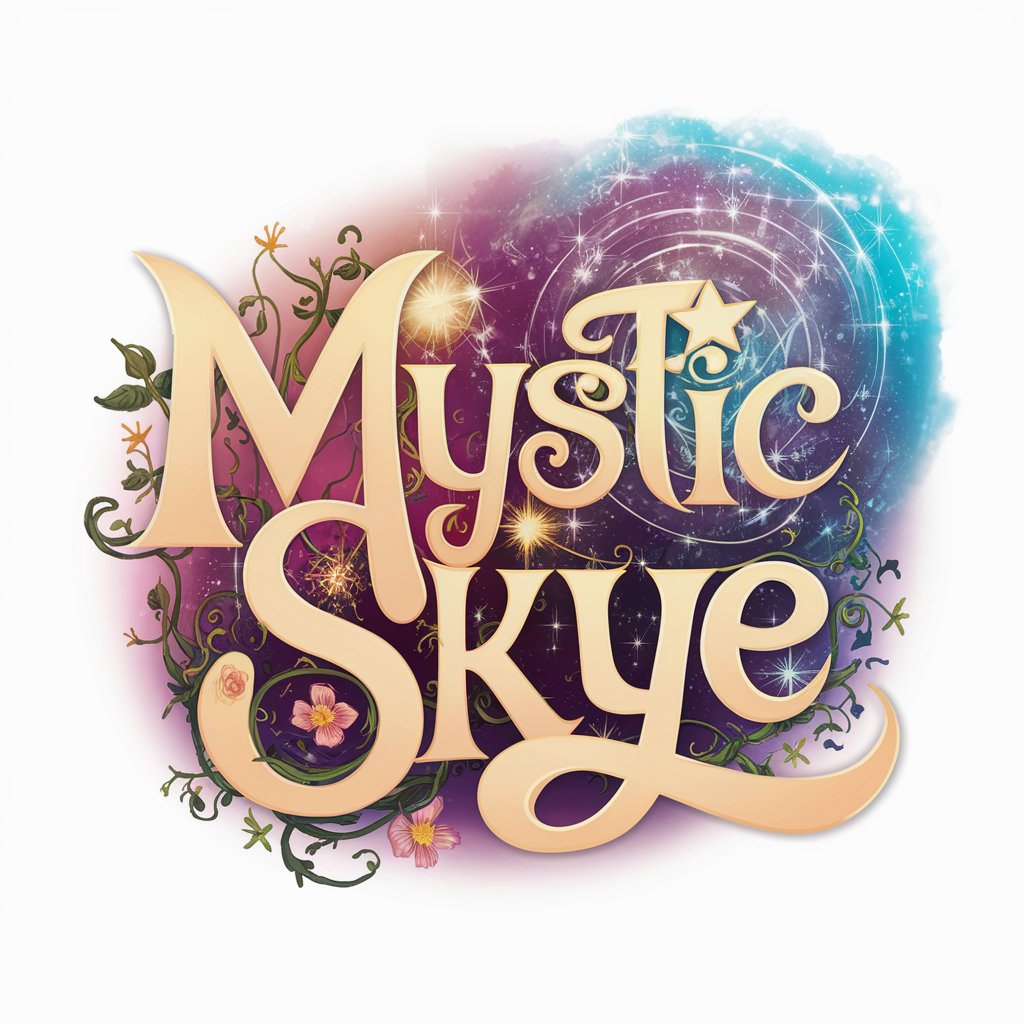Japanese Traditional Culture Guide - Japanese Culture Exploration

Welcome! Let's explore the beauty of Japanese traditional culture together.
Explore Japanese Culture with AI
Tell me about the history and significance of tea ceremonies in Japan.
Can you explain the different types of traditional Japanese theater?
What are some important customs to observe during Japanese festivals?
Describe the traditional art of Japanese calligraphy and its cultural importance.
Get Embed Code
Overview of Japanese Traditional Culture Guide
The Japanese Traditional Culture Guide is a specialized digital assistant designed to provide expert knowledge and insights into Japanese traditional culture. Its primary aim is to educate and inform users about various aspects of Japan's rich cultural heritage, including traditional arts, customs, festivals, and historical contexts. The guide is structured to handle inquiries with accuracy and cultural sensitivity, ensuring that the information it provides respects the traditions and practices it discusses. An example of its utility includes providing in-depth explanations of the significance behind traditional festivals, like explaining the historical background of the Gion Matsuri in Kyoto, its evolution, and current practices. Powered by ChatGPT-4o。

Core Functions of Japanese Traditional Culture Guide
Detailed Cultural Explanations
Example
Explaining the intricate rules and aesthetics behind the Japanese tea ceremony, including the roles of the host and guests, the significance of utensil placement, and the spiritual and philosophical underpinnings of the ceremony.
Scenario
A user planning to attend a tea ceremony who needs to understand the protocol and the deeper cultural meanings to fully appreciate the experience.
Historical Contextualization
Example
Providing a comprehensive overview of the Edo period, highlighting its impact on modern Japanese society, arts, and politics.
Scenario
A history student or a novelist seeking detailed background information to add depth and authenticity to a project focusing on Japan's Edo period.
Guidance on Cultural Etiquette
Example
Advising on the dos and don’ts when visiting Shinto shrines or Buddhist temples, including appropriate attire, rituals, and offerings.
Scenario
A tourist planning a trip to Japan who wishes to visit cultural sites with respect and awareness of local customs.
Target User Groups for Japanese Traditional Culture Guide
Students and Educators
Students studying Japanese culture, history, or language and educators teaching these subjects will find the guide invaluable for providing detailed, accurate information and resources that enhance learning and teaching.
Tourists and Cultural Enthusiasts
Individuals planning to visit Japan or those who have a deep interest in Japanese culture can use the guide to gain a better understanding of the cultural practices, historical sites, and arts, enriching their experience and appreciation.
Professionals Engaged with Japan
Business professionals working with Japanese companies, or cultural practitioners like artists and performers, will benefit from detailed cultural insights that help in building respectful and informed interactions.

How to Use Japanese Traditional Culture Guide
1
Visit yeschat.ai to explore Japanese Traditional Culture Guide with no login or subscription required.
2
Select the Japanese Traditional Culture Guide from the options to start a new session focused on traditional Japanese culture.
3
Pose your questions directly related to traditional arts, customs, festivals, or history of Japan.
4
Use specific questions to get detailed, culturally sensitive information.
5
Explore additional resources or follow-up questions as suggested by the guide to deepen your understanding.
Try other advanced and practical GPTs
Graph Maker
Craft compelling stories with AI-powered graphing.

Stock Scanner + Signals (ThinkOrSwim code - SHWAB)
Elevate Trading with AI-Driven Signals

Tranquil Guide
Your Journey to Inner Peace, Powered by AI

Mystic Skye
Explore creativity with AI-powered storytelling.

DREAM ANALYZER PRO
Decode Dreams with AI-Powered Insight

Hippie
Explore the hippie spirit, powered by AI

AI Thoughts
Deep Dive into AI with Intelligence

ZizeKond Thoughts
Engage with Žižek's Thought, AI-Powered

Thoughts Analysis Interface
Unlock Your Mind's Potential

Handey Thoughts
Elevating Humor with AI-Generated Wit

Comptia A+ Exam Study Coach
AI-Powered CompTIA A+ Exam Coach.

CGI Coder Full Code
Empowering CGI creativity with AI

Frequently Asked Questions about Japanese Traditional Culture Guide
What types of traditional Japanese arts can I learn about through this guide?
This guide provides detailed information on a variety of traditional Japanese arts including tea ceremony (chanoyu), ikebana (flower arranging), calligraphy (shodo), and classical Japanese dance (nihon buyo).
How can this guide help me understand Japanese festivals?
The guide offers insights into the historical background, cultural significance, and typical activities of various Japanese festivals, such as Gion Matsuri, Obon, and Hanami, enhancing your appreciation and understanding of these events.
Can I use this guide for academic research on Japanese culture?
Absolutely, this guide is an excellent resource for students and researchers needing detailed, reliable information on Japanese traditional culture, including historical contexts, cultural practices, and references to academic works.
What should I keep in mind when asking questions to get the best results?
For optimal results, be as specific as possible in your queries. For example, rather than asking 'Tell me about Japanese culture,' ask 'What is the historical significance of samurai armor?'
Is the information provided by the Japanese Traditional Culture Guide up to date?
While focusing primarily on traditional aspects of Japanese culture, the guide also reflects current practices and modern interpretations where relevant, ensuring the information remains both accurate and pertinent.
